New innovations in displays (folding, rollable)
Introduction
The world of display technology has undergone a massive transformation over the past decade. From flat and rigid screens to flexible, foldable, and even rollable displays, the boundaries of what’s possible are being continuously redefined. In 2025, new innovations in display technology are leading to groundbreaking designs that merge aesthetics, portability, and cutting-edge performance.
With the rise of foldable smartphones, rollable TVs, and flexible wearables, the display industry is evolving at lightning speed. These innovations aren’t just visual marvels — they represent the convergence of nanotechnology, OLED engineering, and smart material science.
In this article, we’ll explore the latest innovations in folding and rollable displays, the technologies that power them, their applications across industries, and what the future holds for this revolutionary trend.
1. The Evolution of Display Technology
The journey from cathode-ray tubes (CRT) to OLED and MicroLED panels has been nothing short of extraordinary. Displays have evolved from bulky boxes to thin, flexible sheets capable of bending and folding without losing functionality.
Key Milestones in Display Evolution:
| Era | Technology | Key Features |
|---|---|---|
| 1990s | CRT | Bulky, limited color range |
| 2000s | LCD | Thin panels, improved resolution |
| 2010s | OLED | Vibrant colors, energy efficient, flexible potential |
| 2020s | Foldable & Rollable OLED | Bendable, portable, durable |
| 2025+ | MicroLED & Flexible Hybrid Displays | Self-emissive, scalable, ultra-thin |
The shift toward flexible and rollable displays is part of a larger movement toward adaptable, user-centric technology — designed to fit into different form factors without sacrificing performance.
2. Understanding Foldable Displays
What Are Foldable Displays?
A foldable display is a flexible screen that can bend or fold without breaking. Typically made with plastic OLED (P-OLED) or Ultra-Thin Glass (UTG), these displays are engineered to withstand thousands of folds while maintaining touch sensitivity and visual quality.
How Foldable Displays Work
At their core, foldable screens use organic light-emitting diodes (OLEDs) printed on flexible substrates. These substrates are combined with hinge mechanisms and protective coatings that allow smooth bending.
The Ultra-Thin Glass used today is only a few microns thick but retains the durability of standard glass.
Popular Examples
- Samsung Galaxy Z Fold5 / Z Flip6
- Huawei Mate Xs 2
- Oppo Find N3
- Google Pixel Fold
These devices use advanced folding mechanisms that combine durability with sleek design, making them both functional and futuristic.
3. Rollable Displays: The Next Evolution
If folding displays bend, rollable displays take flexibility to the next level — allowing screens to expand or retract like scrolls.
What Are Rollable Displays?
Rollable displays use rollable OLED panels that can slide or roll up into compact cylinders. This innovation allows larger screens to be stored in smaller devices — perfect for TVs, tablets, or even wearable screens.
How Rollable Displays Work
Rollable screens are engineered using polyimide films, thin OLED layers, and micro-motorized mechanisms that expand or contract the display. Unlike foldables, rollable screens avoid visible creases and offer more versatile form factors.
Notable Rollable Devices
- LG Rollable TV (Signature OLED R)
- Motorola Rizr Rollable Concept Phone
- TCL Rollable Smartphone Prototype
- Samsung Rollable Tablet Concepts (2025)
Rollable tech represents the future of display design — seamless, adaptive, and immersive.
4. The Core Technologies Behind Folding and Rollable Displays
A. OLED and AMOLED Panels
OLED (Organic Light-Emitting Diode) displays form the foundation of foldable and rollable tech. Each pixel emits its own light, eliminating the need for backlighting, which allows flexibility and thinner profiles.
B. Ultra-Thin Glass (UTG)
UTG provides durability and scratch resistance while remaining flexible. This hybrid material gives foldable screens a premium “glass feel” while maintaining resilience against repeated bends.
C. Flexible Polymers and Adhesives
Advanced polymers and nanomaterials are used to bind layers of the display without causing distortion or cracking during flexion.
D. Hinge and Mechanism Design
A robust hinge design is crucial for foldables. Brands like Samsung and Huawei invest heavily in waterdrop-style hinges, multi-axis hinges, and lubrication systems that prevent wear and tear.
E. Rollable Motors and Sensors
Rollable displays rely on miniature motors, pressure sensors, and magnetic control systems to expand and retract the screen smoothly, ensuring consistent tension and alignment.
5. Applications Across Industries
A. Smartphones and Tablets
Foldable and rollable displays are redefining the smartphone category by merging portability with productivity. Foldables offer dual-screen multitasking, while rollables promise expandable displays for media consumption.
B. Laptops and Computers
Companies like Lenovo and Asus have introduced foldable laptops, allowing professionals to carry full-sized screens in compact form factors.
C. TVs and Home Entertainment
LG’s Rollable TV exemplifies luxury and innovation — a large OLED display that disappears into a sleek base when not in use.
D. Wearable Devices
Flexible displays are being integrated into smartwatches, fitness bands, and even clothing, allowing real-time health monitoring with stylish adaptability.
E. Automotive Displays
Cars now feature curved dashboards and rollable instrument clusters, improving aesthetics and driver interactivity.
F. Healthcare and Medical Technology
Flexible screens are being used in wearable diagnostic tools, allowing real-time monitoring of patient vitals with comfort and precision.
6. Benefits of Foldable and Rollable Displays
| Benefit | Description |
|---|---|
| Portability | Larger screens that fit into smaller form factors |
| Multitasking | Dual-screen or expandable layouts for productivity |
| Aesthetics | Sleek, futuristic designs |
| Durability | Improved UTG and polymer layers enhance strength |
| Innovation Potential | Enables new form factors and industries |
These benefits position folding and rollable technologies as a cornerstone of next-gen user experience.
7. Challenges and Limitations
While the technology is promising, several challenges remain before foldable and rollable displays achieve mainstream dominance.
A. Cost and Manufacturing
Production is expensive due to complex layer integration, specialized hinges, and low-yield rates.
B. Durability
Even with UTG and flexible polymers, long-term durability remains a concern. Fold lines, dust ingress, and pressure points can affect longevity.
C. Software Optimization
Operating systems and apps need to be optimized for dynamic screen sizes to ensure smooth transitions and usability.
D. Power Consumption
Large, flexible OLED panels consume more energy — a challenge for portable devices relying on battery efficiency.
8. Market Trends and Leading Brands (2025)
Global Market Overview
According to industry reports, the foldable and flexible display market is projected to surpass $40 billion by 2030, with smartphones and automotive applications leading demand.
Top Innovators
- Samsung Display: Industry leader with Z Fold and Rollable prototypes.
- LG Display: Pioneer of rollable TVs and transparent OLEDs.
- BOE Technology: Major supplier of flexible OLEDs to Chinese brands.
- TCL: Experimental with both foldable and rollable concepts.
- Apple: Rumored to develop foldable iPhone and hybrid MacBook concepts.
Emerging Innovations
- Transparent and Holographic Displays
- Self-Healing Flexible Screens
- MicroLED Foldable Panels
- AI-Powered Adaptive Displays
These innovations reflect a future where screens adapt to people, rather than the other way around.
9. The Future of Display Technology
By 2030, the boundaries between screen and surface will blur. We’ll see smart furniture, interactive clothing, and foldable holographic devices becoming commonplace. The future will focus on sustainability, durability, and integration with AI and IoT ecosystems.
Predicted Future Trends:
- Self-Healing Display Materials
- Wireless Rollable Screens
- 3D and Holographic Flex Displays
- Solar-Powered Flexible Devices
- Augmented Reality Integration
The potential of flexible display technology goes far beyond consumer gadgets — it will impact every digital interface we use.
10. Conclusion
The innovations in foldable and rollable displays represent one of the most exciting frontiers in technology. As materials science, nanotechnology, and OLED advancements converge, we’re entering a world where screens are not just tools — they’re adaptive companions that transform how we live, work, and interact.
From smartphones that fold into your pocket to TVs that roll into their base, flexible display technology embodies the next wave of digital innovation. While challenges persist, the rapid pace of progress ensures that in the coming years, foldable and rollable displays will become as common as the smartphones and TVs we use today.
The future is flexible — and it’s already unfolding.
Share this content:
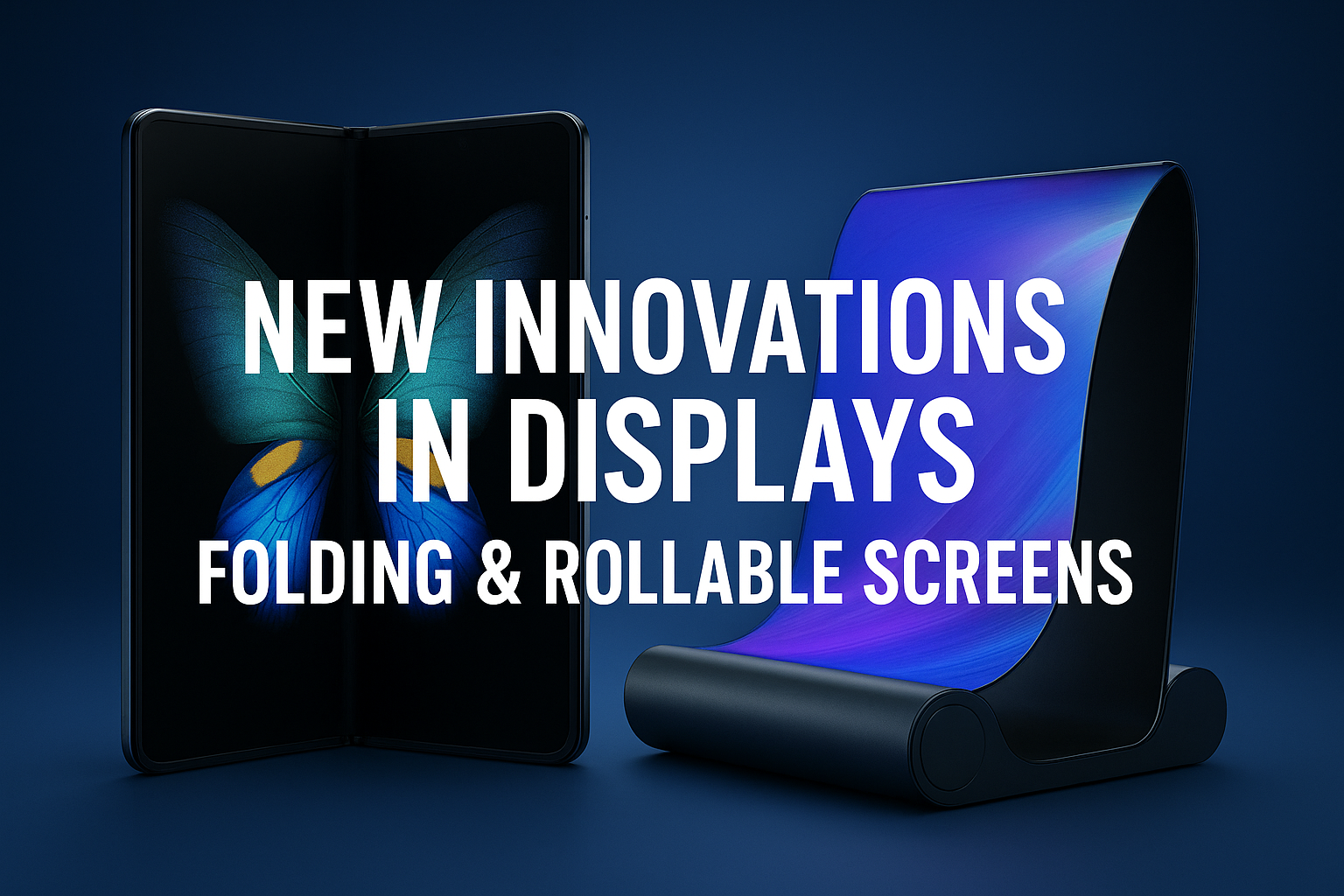

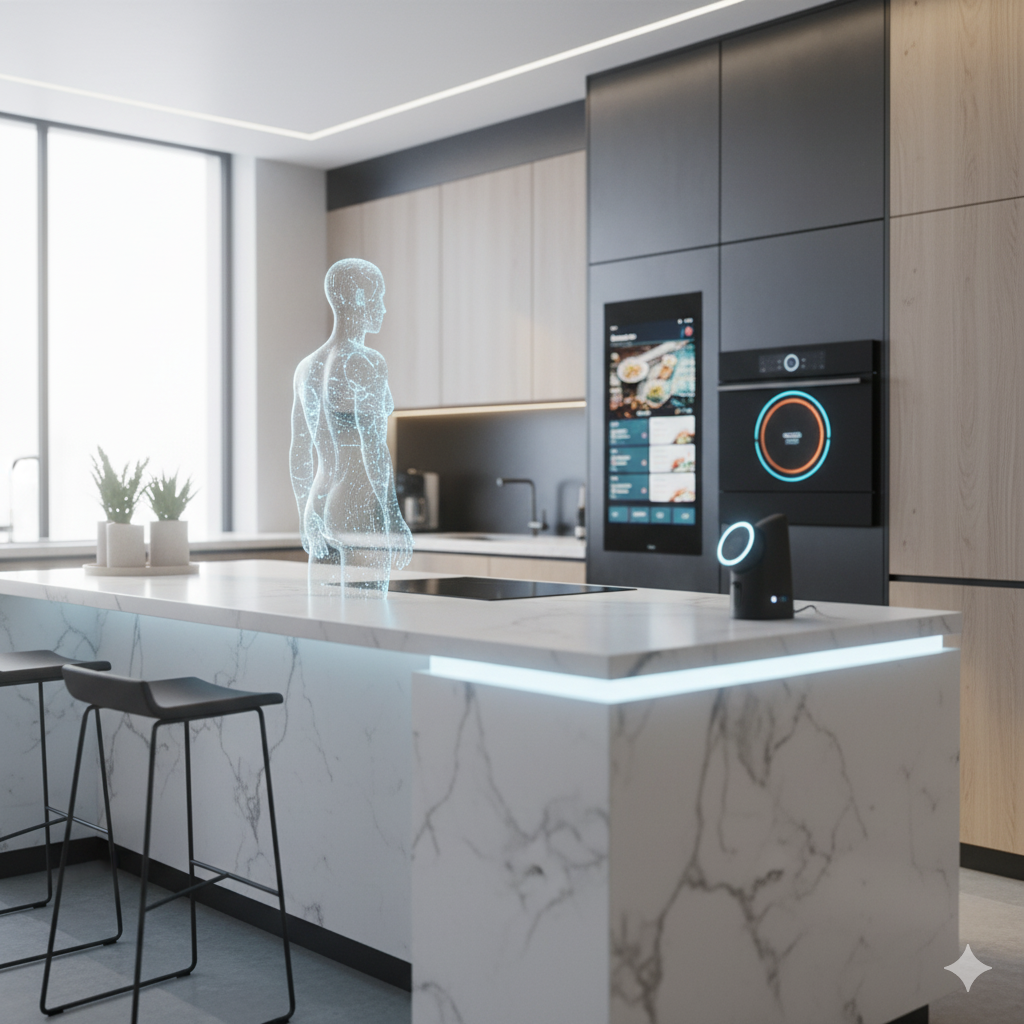


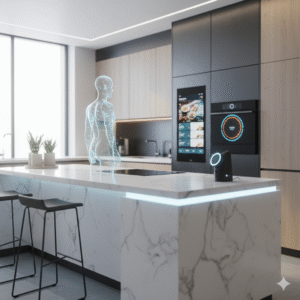






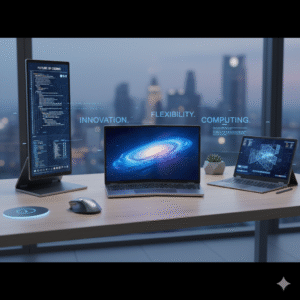
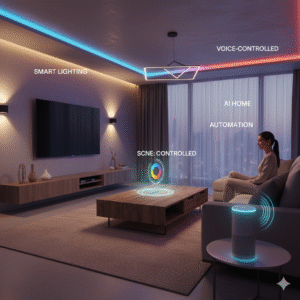
Post Comment